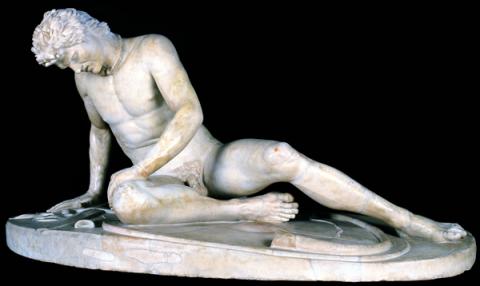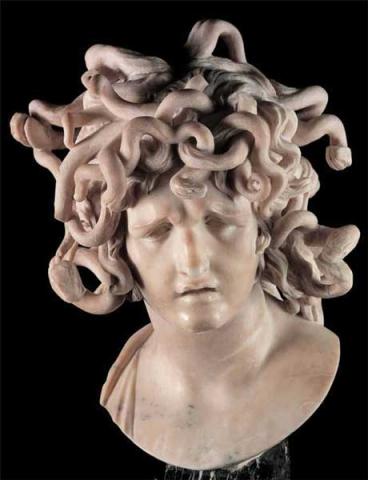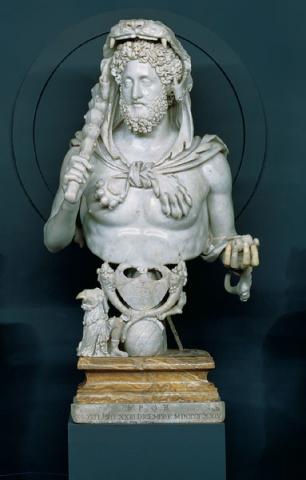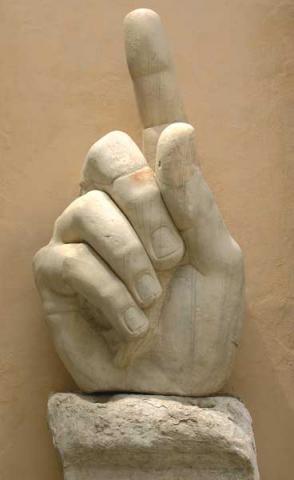Restoration of the "Banner of Saint George"
The Banner of Saint George, dated at the end of the thirteenth century, is the oldest example of a flag made of silk and leather known in Italy. Originally preserved in Rome in the Basilica of San Giorgio al Velabro, where in the eighth century Pope Zachary had allocated the relic of the saint's skull, it was hung on a horizontal pole and displayed in civil and religious processions that marked the highlights of the life of the city.
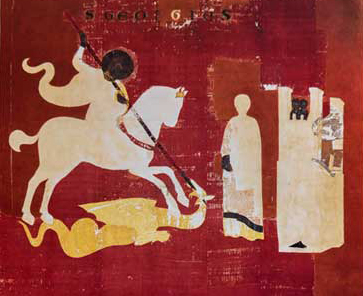
The banner was probably commissioned by Jacopo Caetani Stefaneschi (Rome around 1270 - Avignon 1343), titular cardinal of the basilica of San Giorgio al Velabro from 1295 to 1301. It is made of thin red silk and adorned with embroidery and elements applied in silver leather, gilded and painted. It preserves traces of the representation of the most famous episode of the life of Saint George, taken from the Golden Legend of Jacopo da Varagine in the mid-thirteenth century: the killing of the dragon and the liberation of the princess. In the upper part, some original elements of the scene have been reconstructed: Saint George on horseback lands and pierces with a long spear a winged dragon in front of the princess, while in the distance, between the battlements of the towers of a stylized castle, the parents of the girl witness the scene. At the top, in the centre, there is the inscription in Gothic capital letters: "S (anctus) Geor (g) ius", while the lower hem ends with long rectangular stripes, or "tails", edged with trimmings of various colours. The refined manufacture of the figures on the red silk background, made with inserts of different coloured silk, originally allowed the vision of the scene from both sides. Transferred from the Velabro to the Vatican at the beginning of the twentieth century, the banner came to us thanks to the delicate conservative intervention it was subjected to at the Vatican Museums in 1934. The precious relic was donated to the Municipality of Rome in 1966 by Pope Paul VI, on the occasion of his official visit to the Capitol. In 1992 he was entrusted to the Superior Institute for Conservation and Restoration in Rome for a complex restoration.
The restoration of the banner (measuring 420 cm x 280 cm) was carried out between 2002 and 2003 by the Superior Institute for Conservation and Restoration in Rome. The intervention was carried out by the restorer Natalia Maovatz, under the direction of Anna Mura Sommella and Rosalia Varoli Piazza.
The showcase containing it, specially designed for its conservation, was made in 2014 by the Goppion company in Milan


























